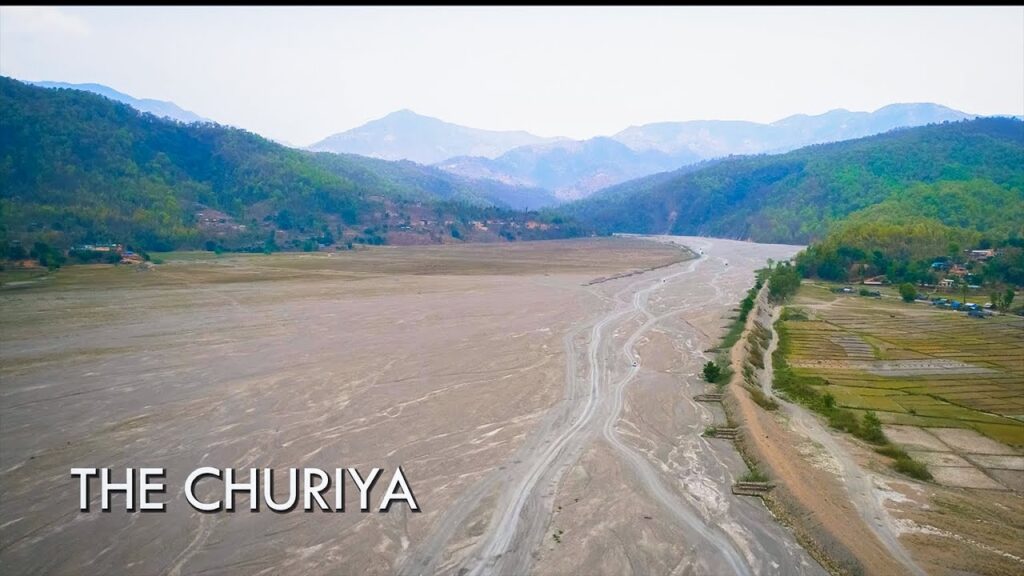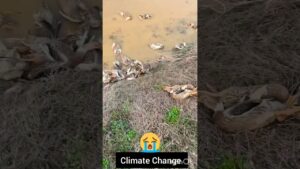
The Churiya Hills, also known as the Chure Hills or Siwalik Hills, are a range of low to medium-height hills located in southern Nepal. These hills run parallel to the Himalayas and are part of the larger Siwalik Range, which extends through Nepal, India, and Bhutan.
The Churiya Hills are characterized by their relatively gentle slopes and are known for their rich biodiversity and ecological significance. The region is home to diverse flora and fauna, including various species of plants, mammals, birds, and reptiles.
The hills play an important role in Nepal’s ecosystem as they act as a transition zone between the Terai plains and the higher Himalayan region. They contribute to maintaining the hydrological cycle, regulating water flow, and preventing soil erosion.
The Churiya Hills also hold economic significance as they contain valuable mineral deposits, including limestone, coal, and sandstone. These resources are often utilized for construction purposes and industrial activities.
However, like many natural landscapes, the Churiya Hills face various environmental challenges, including deforestation, habitat loss, and degradation. Human activities such as illegal logging, uncontrolled mining, and encroachment pose threats to the fragile ecosystem of the hills.
Conservation efforts and initiatives are being undertaken by the government, non-governmental organizations, and local communities to protect and restore the Churiya Hills’ ecological balance. These efforts aim to promote sustainable land use practices, reforestation, and the preservation of biodiversity in the region.
It’s important to note that while the Churiya Hills are not directly related to a specific disaster, the environmental degradation and habitat loss in the region can have adverse consequences for local communities, wildlife, and the overall ecosystem.
The Chure Hills in Nepal, like other natural landscapes, are susceptible to the impacts of climate change. While specific studies on the direct impacts of climate change on the Chure Hills may be limited, it is important to consider the broader effects of climate change on the region. Here are some potential ways in which climate change can impact the Chure Hills:
Changes in Precipitation Patterns: Climate change can alter rainfall patterns, leading to changes in the timing, intensity, and distribution of precipitation. This can affect water availability in the Chure Hills, impacting local ecosystems, vegetation, and wildlife habitats. Changes in rainfall patterns can also influence water availability for communities residing in the region.
Increased Frequency and Intensity of Extreme Weather Events: Climate change is associated with an increased frequency and intensity of extreme weather events, such as heavy rainfall, storms, and cyclones. These events can lead to soil erosion, landslides, and flash floods in the Chure Hills. Such occurrences can have detrimental effects on the landscape, vegetation, and human settlements in the region.
Glacial Melting and Water Resources: The Chure Hills are situated at the foothills of the Himalayas, which are experiencing the effects of glacial melting due to climate change. As glaciers melt, they contribute to increased water flow in rivers and streams. This can result in water-related hazards such as flooding during the monsoon season and water scarcity during drier periods.
Changes in Biodiversity and Ecosystems: Climate change can disrupt ecosystems and impact biodiversity in the Chure Hills. Changes in temperature and rainfall patterns can affect the distribution and abundance of plant and animal species. Species that are dependent on specific climatic conditions may face challenges in adapting to rapid changes, potentially leading to shifts in ecosystems and biodiversity loss.
Socio-economic Implications: Climate change impacts in the Chure Hills can have socio-economic ramifications. Changes in water availability, agricultural productivity, and natural resources can affect the livelihoods of communities residing in the region, particularly those dependent on agriculture, forestry, and other ecosystem services.
To address the potential impacts of climate change in the Chure Hills and other regions of Nepal, efforts are underway to promote climate change adaptation and mitigation measures. These include initiatives to conserve and restore ecosystems, promote sustainable land management practices, improve water resource management, and enhance community resilience to climate change.
It’s important to note that localized studies and research specifically focused on the impacts of climate change on the Chure Hills may provide more detailed insights into the specific challenges and vulnerabilities faced by this region.
source




❤
Deforestation is main issue
Keep going brother
great work, keep it up!
nicely made dai